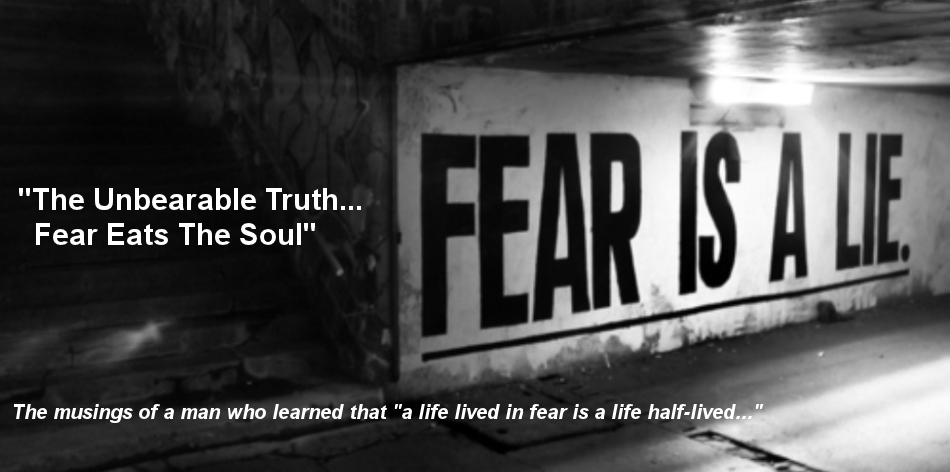Jonathan Sherman
April 24, 2015
On Tuesday morning, the Supreme Court will hear oral arguments in Obergefell v. Hodges, the same-sex marriage case. But the proceeding won’t be broadcast on radio or television or live-streamed on the Internet. (Or photographed.) Anyone trying to follow the justices’ questions and the lawyers’ answers will have to wait for journalists in the courtroom to tweet or blog about them. The court’s sole concession to the intense public interest in the case will be to release an audio recording of the arguments later that day — instead of later in the week, which is the custom.
Despite countless entreaties over the years from groups calling for “sunshine” and “transparency,” and giant changes in technology and communication, the court has been unmoved. It banned cameras from the oral argument held the day before it decided Bush v. Gore in 2000. Ditto when it overturned decades of campaign-finance law in the Citizens United ruling in 2010. Twice in the last four years, the court has heard arguments about Obamacare. But the only people who got to see and hear them were the 500 or so lucky souls who stood in line — some for nearly a week — to get a seat.
The court has never formally given a reason, though over the years, justices have let slip their rationales. Antonin Scalia has complained that only “a few C-Span junkies” would watch “gavel to gavel” coverage. Anthony M. Kennedy doesn’t want to introduce an “insidious dynamic” in which justices might be “saying something for a sound bite” or ask questions “to grab a headline.” Clarence Thomas once said video coverage would compromise his colleagues’ “anonymity.” David H. Souter vowed that “the day you see a camera come into our courtroom, it will roll over my dead body.” (He has since retired.)
Americans should be able to watch their institutions work in real time, just as they do with White House news conferences, congressional hearings and the like. All 50 states permit some audiovisual coverage of court proceedings — as do the Supreme Courts of Britain, Canada and Australia.
“We operate on a different timeline, a different chronology,” Justice Kennedy said when defending the camera ban. In 2010, the court stopped the federal judge overseeing the challenge to Proposition 8, the same-sex ban in California, from allowing cameras (though it denied that it was setting a general precedent).
Three years later, of course, the court affirmed the decision to overturn Prop 8, setting the stage for next week’s Obergefell argument.
The reason the court should allow arguments to be recorded and streamed, however, goes beyond the obvious truth that everyone else is doing it and that the court’s resistance is an unsubtle exercise of naked power. The court should do so because its own First Amendment rulings inevitably lead it there.
In 1965, when just two states permitted cameras, Justice Potter Stewart, writing in the dissent for four members in Estes v. Texas, said that a law that “absolutely bars television cameras from every criminal courtroom” was “disturbingly alien” to the First Amendment. The notion that “there are limits upon the public’s right to know what goes on in the courts,” especially for no reason other than that the public might “get the ‘wrong impression’ from unfettered reporting and commentary,” was “an invitation to censorship.”
In the 1980 case Richmond Newspapers Inc. v. Virginia, the court began to hold routinely that the public had a First Amendment right to attend court proceedings. It is “difficult to single out any aspect of government of higher concern and importance to the people” than the conduct of criminal trials, including the right to “hear, see and communicate” about the proceedings, it ruled.
Under Chief Justice John G. Roberts Jr., the court has taken an expansive view of the First Amendment. In Citizens United it equated campaign contributions with protected speech. But Justice Kennedy’s opinion also stressed that “rapid changes in technology” and the “creative dynamic inherent in the concept of free expression” meant that “new forms and new forums” of speech — even “sound bites” and “30-second television ads” — might be “the most effective way to convey a political message.”
The Obergefell case is hardly of interest only to C-Span junkies. Millions of Americans would watch the argument if given the chance. The oral arguments are, in fact, inextricably intertwined with the “creative dynamic” of freedom of expression. The rapid-fire questions and answers will cover deeply rooted rights in our pluralistic constitutional democracy. There could hardly be a more effective “form or forum” with which the court could unveil itself.
Justice John Marshall Harlan cast the deciding vote in Estes. “The day may come,” he wrote, “when television will have become so commonplace an affair in the daily life of the average person as to dissipate all reasonable likelihood that its use in the courtroom may disparage the judicial process. If and when that day arrives, the constitutional judgment called for now would of course be subject to re-examination.”
Surely, that day is here.
Jonathan Sherman is a partner at the law firm Boies, Schiller & Flexner.
********
"Fear Eats the Soul"


No comments:
Post a Comment
Comments may be moderated and will appear within 12 hours if approved.